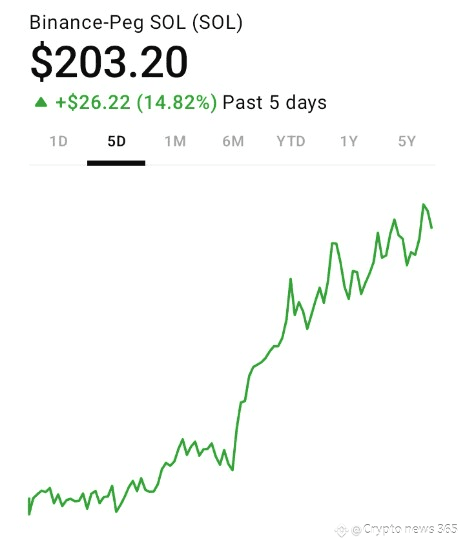1. Bot-Based Trading (Sniper, Arbitrage, Market‑Making)

Sniper bots target new token listings or liquidity pools by monitoring on-chain events and executing ultra-fast swaps—within under 10 milliseconds. They rely on private RPC endpoints, pre-signed txns, priority fees, and co-location near validators .
Arbitrage bots identify price mismatches (e.g., SOL/USDC on Orca vs. Raydium), simulate trades first to estimate slippage, then execute across platforms .
Market-making bots maintain buy & sell orders near the current mid-price, updating continually to capture bid-ask spread. Fast cancellation is crucial .
✅ Tip: Infrastructure (speed, reliability) matters more than strategy complexity—dedicated nodes beat public ones every time .
---
2. Trend-Following Strategy
Buy SOL upon confirming an uptrend via indicators like SMA crossovers (e.g., 50‑day over 100‑day); exit when trend reverses .
Money & risk management are essential: limit per-trade risk, use volatility-adjusted position sizing, and strict stop-losses .
---
3. Grid Trading / Dynamic Grid
Ideal for volatile sideways markets—set a price range (e.g., $150–$160), define grid levels, and auto buy low / sell high .
Dynamic Grid enhances this by resetting based on recent volatility, shown to outperform static grids in backtesting .
---
4. Futures & Hedging
Trade cash-settled SOL futures on platforms like CME or Bybit/Binance.
Use futures to:
Hedge: Lock in prices by shorting futures while holding SOL .
Leverage/speculate: Trend-following, grid, or scalping strategies can be applied in futures markets .
---
5. AI-Powered Agents
Advanced AI bots (e.g., Tickeron’s agents) operate on 5–15 min timeframes, boasting >85% accuracy and return rates up to 270% annualized by analyzing price, volume, macro news .
They cater to both bullish and bearish scenarios and include risk constraints to manage exposure .
---
📈 Real-Time & Fundamental Context
SOL is currently trading around $203, with a range today between $195–$206.
It’s up ~43% YTD, supported by strong ecosystem activity, staking ETFs, and institutional flows .
Recent catalysts:
The U.S. Solana + Staking ETF debut (July 2, 2025).
On-chain partnership upticks: stablecoin integrations, tokenized traditional assets .
---
💡 Suggested Trading Workflow
1. Define your strategy: Trend-following, grid trading, bot, futures, or AI-assisted.
2. Set up infrastructure:
For bots: use private RPCs, low-latency nodes, pre-signed transactions.
For futures: choose top exchanges (Binance, Bybit, CME).
3. Risk management:
Cap trades to a small % of capital.
Use stop-loss and take-profit levels consistently.
Perform walk-forward/backtesting to avoid over-optimization .
4. Monitor live data:
On-chain (bot triggers)
Price charts (trends/grids)
Futures positions & funding rates
ETF inflows & macro news (affects sentiment).
---
📝 Summary Table
Strategy Best For Key Requirements
Sniper / Arbitrage Bot High-frequency gains Fast infra, private RPC, on-chain events
Trend-Following Riding sustained moves SMA crossovers, disciplined risk management
Grid / Dynamic Grid Volatile sideways markets Price bands, automated rebalancing
Futures Hedge/Speculate Leverage or downside protection Margin accounts, futures contract access
AI Agents Data-driven execution Trading signals via AI, risk controls
---
🚀 Final Takeaway
Solana's ecosystem is moving fast—tools, strategies, and infrastructure must move faster. Match your strategy to the current market regime, execut
e with speed, and always prioritize risk control.